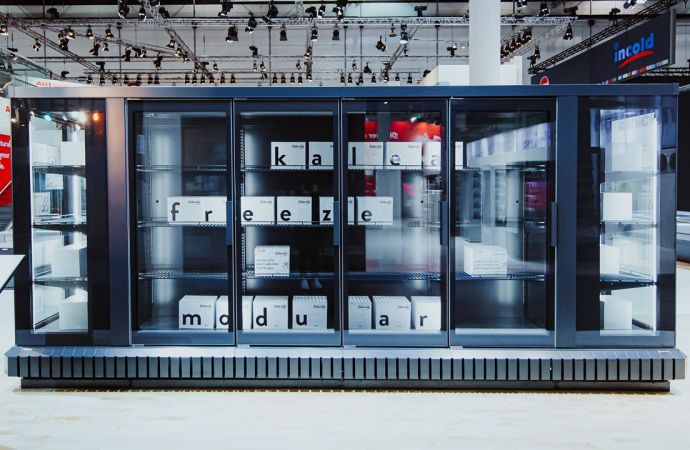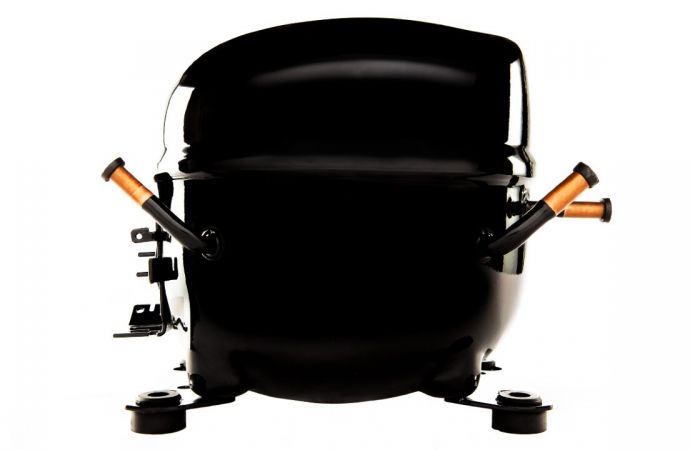Voting against the IEC’s new hydrocarbon charge limit would put U.S. supermarkets at a disadvantage, says NASRC executive director.

Danielle Wright, NASRC
Danielle Wright is the executive director of the North American Sustainable Refrigeration Council (NASRC). The following is an opinion piece by Wright originally published in the February issue of Accelerate America magazine.
In an organization that champions all natural refrigerant solutions, the North American Sustainable Refrigeration Council (NASRC) doesn’t pick favorites. But our supermarket members do. For many retailers, especially national chain supermarkets, self-contained cases using propane (R290) are the ideal solution and quickest path to regulatory compliance for new and existing stores.
The list of benefits is long: energy savings, reduced capital costs, virtually zero leak rates, merchandizing flexibility, and simplified service and maintenance. But the maximum propane charge of 150 g prevents these benefits from being fully realized, ultimately putting U.S. supermarkets at a disadvantage in the face of increasing regulatory pressures.
Since 2014, the International Electrotechnical Commission (IEC) SC61C subcommittee has worked to update global standard 60335–2–89, which sets the charge limit of A3 (flammable) refrigerants, such as propane, in self-contained commercial refrigeration equipment.
The IEC’s National Committee members are scheduled to vote this spring on the new standard that would raise the limit to 500 g from 150 g. After multiple revisions and a thorough examination of safety research and data, all signs are pointing to a majority “Yes” vote.
Despite the pending international approval, the U.S. National Committee is expected to vote “No,” triggering a process that will ultimately result in a much lower limit of propane in the U.S. The limit could be as low as 300 g or less of propane per circuit.
A lower charge limit means that commonly used cases would still need to use multiple circuits per case, making them less cost effective and energy efficient. These cases include low-temperature reach-in cases with four or more doors, and 12-ft medium-temperature open multi-deck cases. Without these case types, it will be difficult for supermarkets to consider propane self-contained cases a viable solution that complies with refrigerant regulations.
The U.S. supermarket industry is heading toward an HFC refrigerant phase down, driven by the global Kigali Amendment to the Montreal Protocol (though the U.S. Senate has not yet ratified the amendment). Meanwhile, individual U.S. states like California and New York are leading the HFC phase down on a much more stringent timeline. Now, more than ever, supermarket retailers need options to deal with pending regulations.
Self-contained cases using higher charges of propane have the potential to be an excellent solution, both for regulatory compliance and the bottom line. But if the U.S. National Committee votes against the new propane limit, it risks putting U.S. supermarkets at a disadvantage by leaving them with one fewer viable alternative
A lower charge limit means that commonly used cases would still need to use multiple circuits per case, making them less cost effective and energy efficient."
– Danielle Wright, NASRC
Related stories



